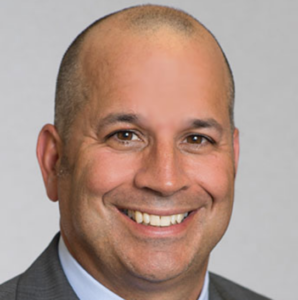
A neurosurgeon answers the question of what percent of people with a normal CT scan after hitting their head develop a chronic subdural hematoma.
Out of all the people who have a normal CT scan of their brain after experiencing a hit to their head or a fall, a certain percentage will go on to develop a chronic subdural hematoma.
A subdural hematoma of the chronic type means that the bleeding is occurring at a slow rate over time.
The symptoms begin anywhere from three weeks to three months out from the initial head trauma.
The blood leaks from tears in the tiny veins underneath the dura mater of the brain.
How many with a chronic subdural hematoma initially had a normal head CT?
“The number of people who strike their heads is difficult to quantify,” says John M. Abrahams, MD, chief of neurosurgery at Northern Westchester Hospital, and founder of the Westchester Neuroscience Research Foundation which is studying the genomic profile of malignant brain tumors.
“Overall, most patients who develop chronic subdural hematoma did not have an incidental CT scan at the time of the fall.
“In general, the number of patients who fall and develop chronic subdural hematoma is quite small, probably on the order of less than 1%.”
This percent figure will differ if specific age brackets are explored.
For instance, more people over age 70 with an initial normal head CT will go on to be diagnosed with a chronic subdural hematoma, when compared to those age 40 to 50.
Being over the age of 65 is a risk factor for one of these brain bleeds.
That’s because of age-related brain atrophy (shrinkage), which stretches the bridging veins, making them more prone to tearing.
Even minor head trauma can lead to bleeding in this population.
Additionally, older adults are more likely to use anticoagulant or antiplatelet medications (blood thinners), which impair blood clotting and increase the likelihood and severity of bleeding within the subdural space.
Some cases of cSDH in the elderly have no known associated head trauma or fall, and may arise simply from a combination of age-related brain shrinkage and anticoagulation therapy (like a daily aspirin or Coumadin).
 Dr. Abrahams is a highly regarded, board certified neurosurgeon who specializes in the treatment of complex disorders of the brain and spine.
Dr. Abrahams is a highly regarded, board certified neurosurgeon who specializes in the treatment of complex disorders of the brain and spine.
 Lorra Garrick has been covering medical, fitness and cybersecurity topics for many years, having written thousands of articles for print magazines and websites, including as a ghostwriter. She’s also a former ACE-certified personal trainer.
Lorra Garrick has been covering medical, fitness and cybersecurity topics for many years, having written thousands of articles for print magazines and websites, including as a ghostwriter. She’s also a former ACE-certified personal trainer.
.









































